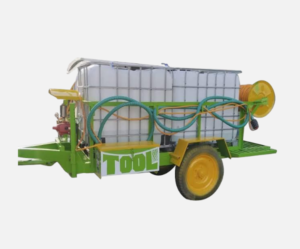
Three Furrow MB Plough
A three-furrow MB (Mouldboard) plough is a specific type of plough used in agriculture for primary tillage operations. It is designed to break up and turn over the soil in preparation for planting crops. Here are the key features and components of a three-furrow MB plough:
Key – Feature :
Furrows: The term “furrow” refers to the individual slices or cuts made in the soil by the plough blades. A three-furrow plough creates three parallel furrows with each pass.
Mouldboard: The mouldboard is the curved metal blade that slices through the soil and turns it over. It is typically made of hardened steel to withstand abrasion and wear.
Plough Body: The plough body is the main structural component of the plough, housing the mouldboards and connecting them to the plough frame.
Share: The share is the cutting edge of the plough that initially cuts into the soil. It is located at the front of the plough body and is designed to penetrate the soil with minimal resistance.
Depth Wheel: Many ploughs are equipped with depth wheels or skids that help control the depth of the furrows by adjusting the height at which the plough operates.
Adjustable Width: The width between the furrows can often be adjusted to suit different row spacing requirements or field conditions.
Three-Point Hitch: The plough is typically attached to a tractor via a three-point hitch, which allows for easy connection and adjustment.
Hydraulic Controls: Some modern ploughs may be equipped with hydraulic controls that allow the operator to adjust the angle, depth, and width of the furrows from the tractor cab.




